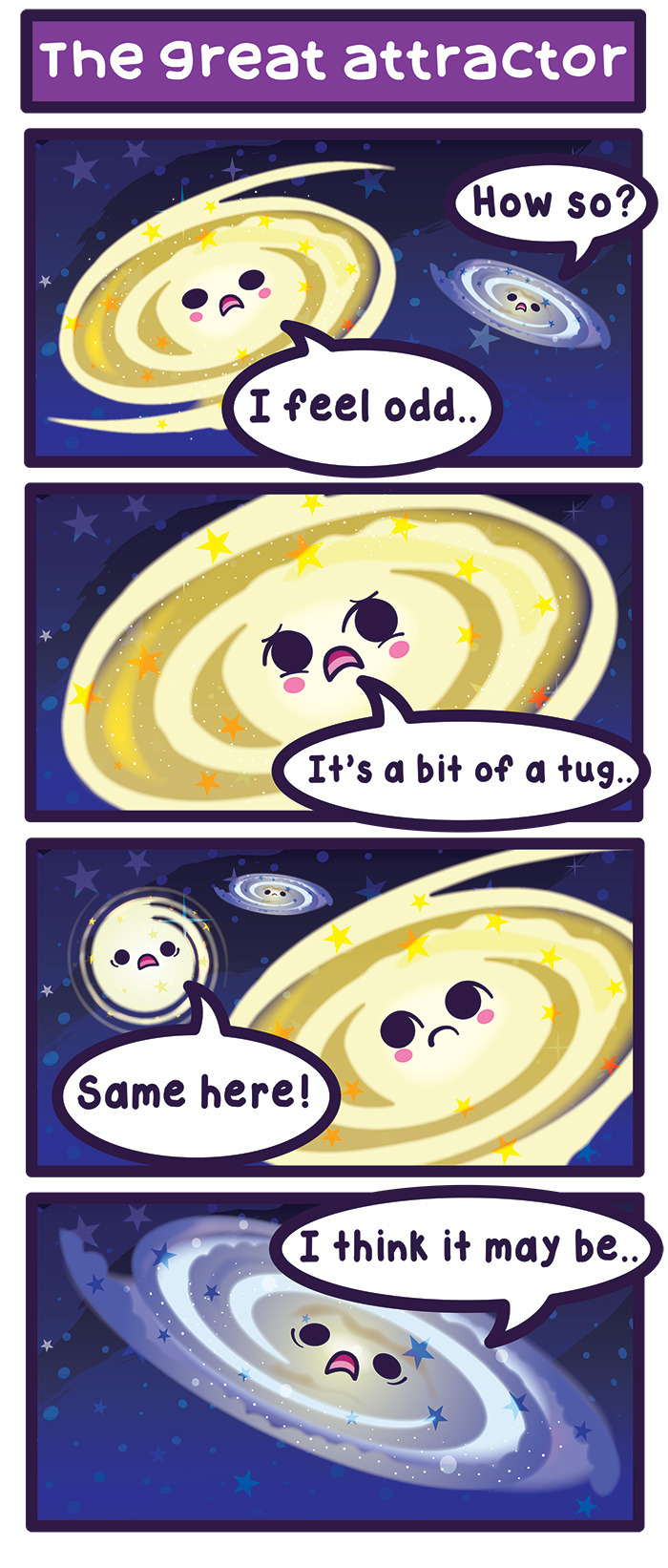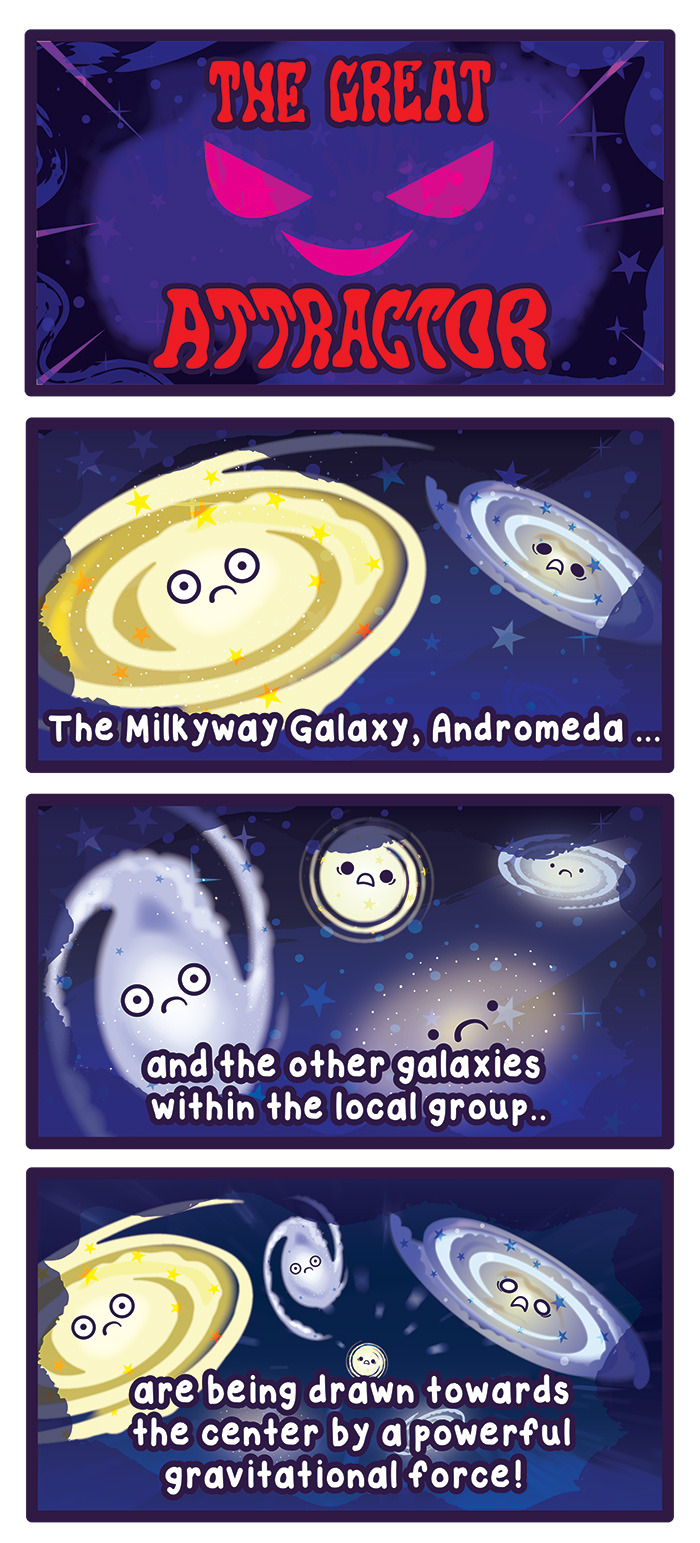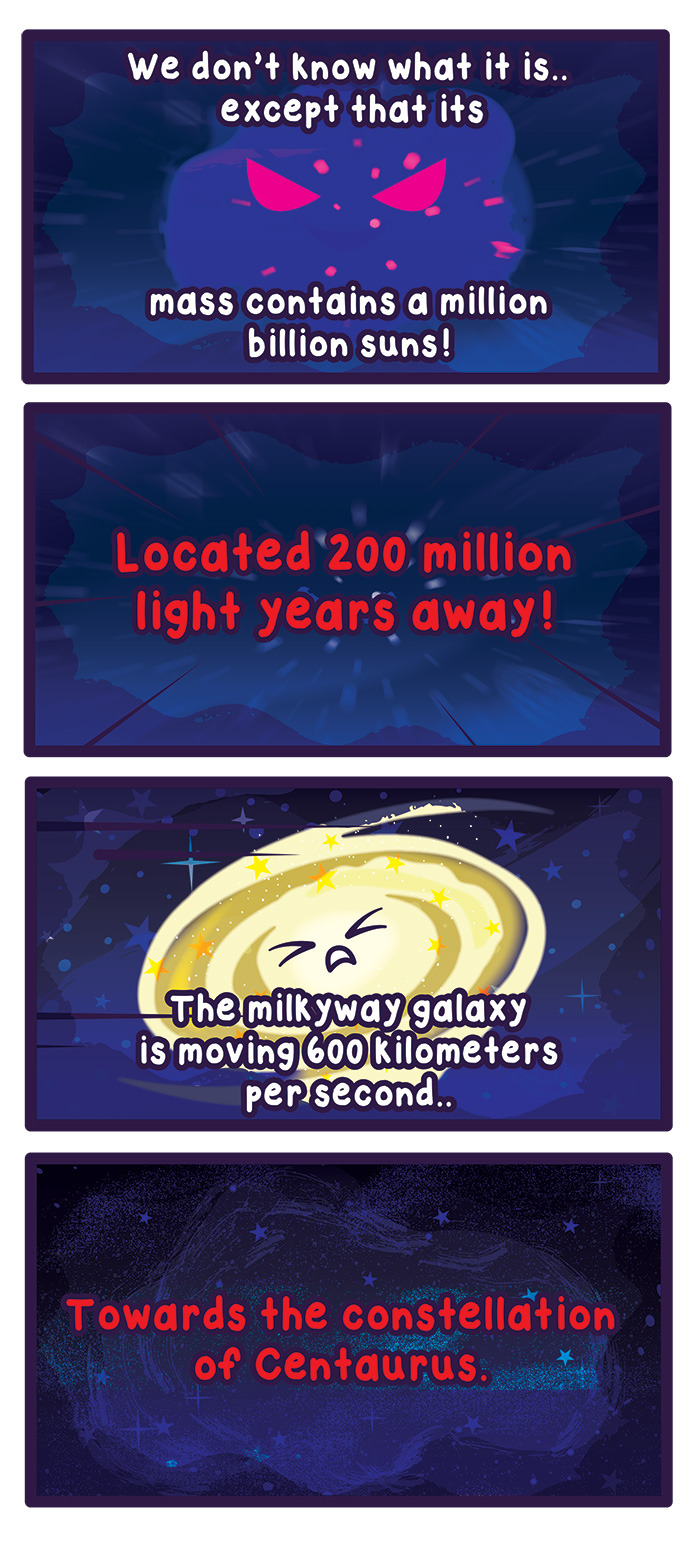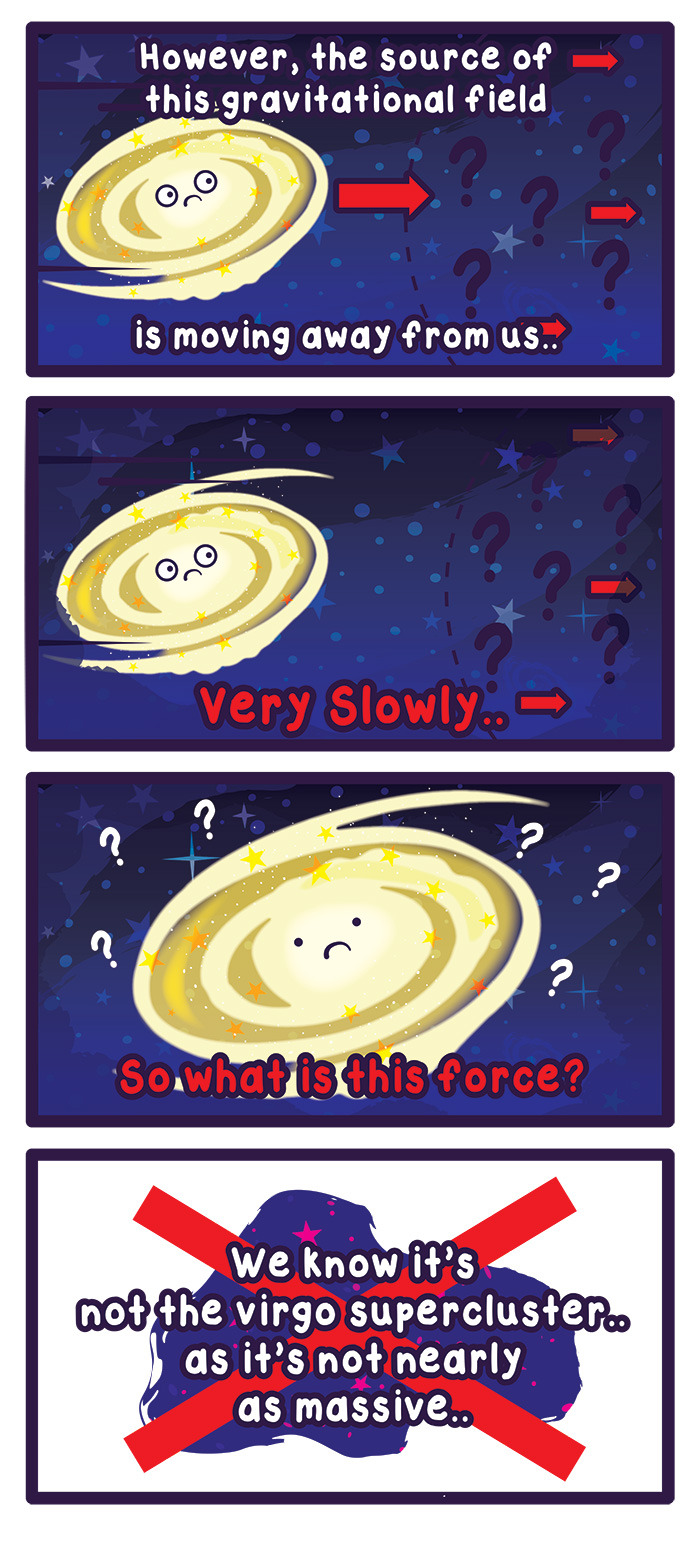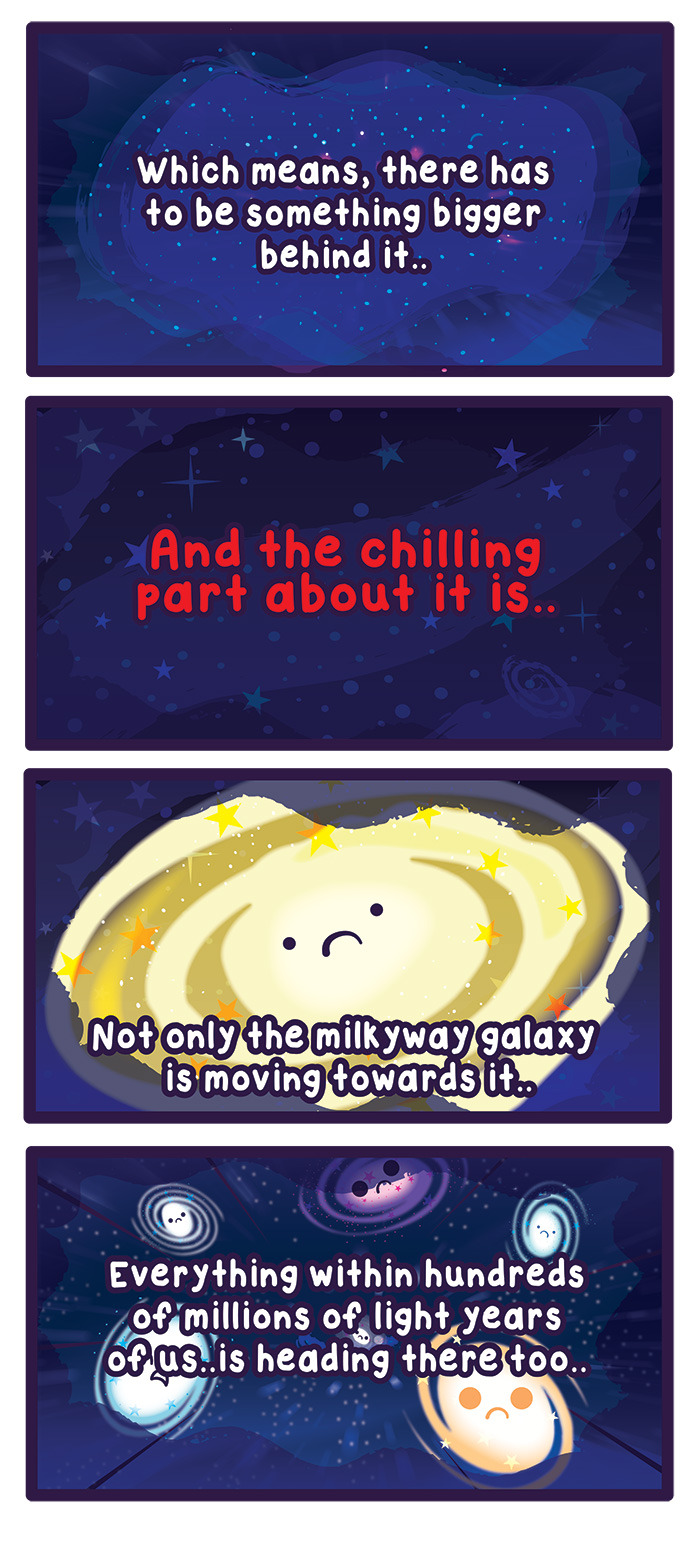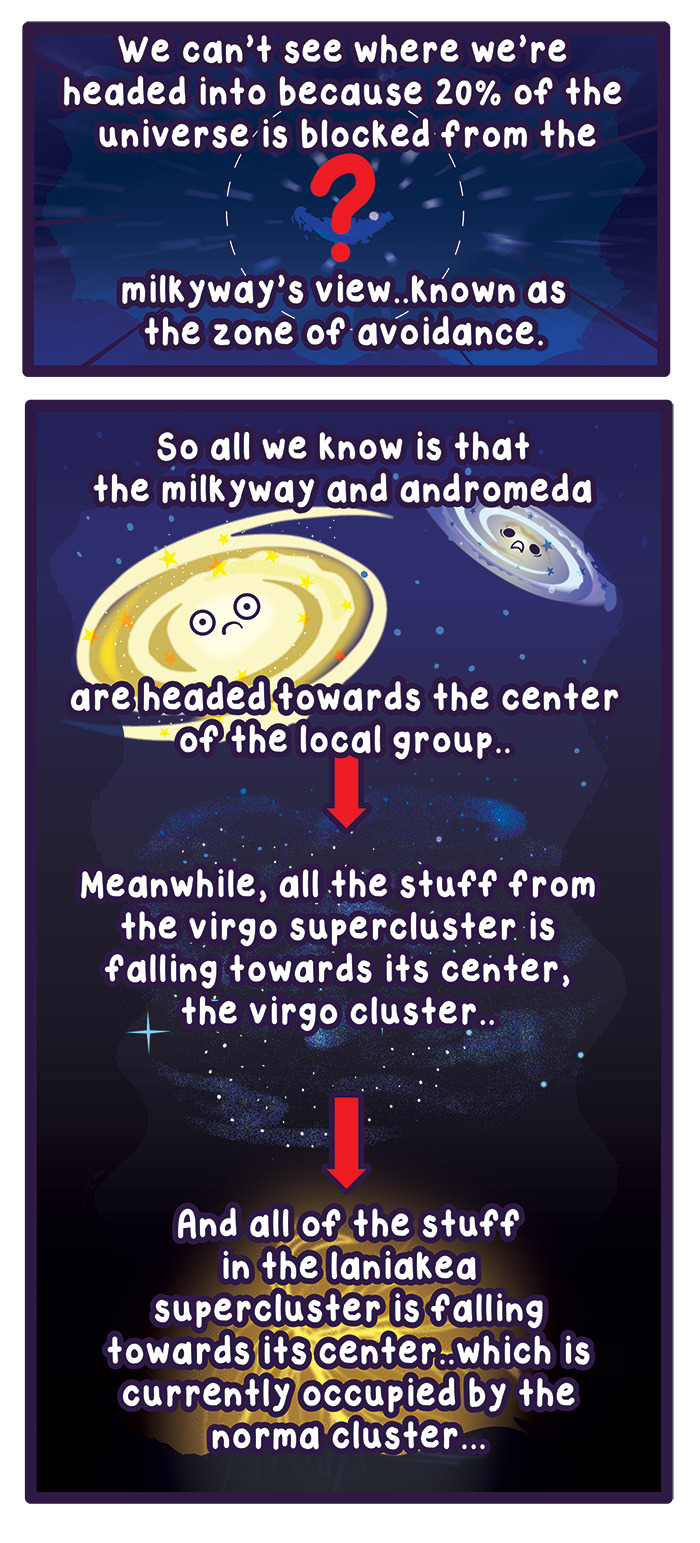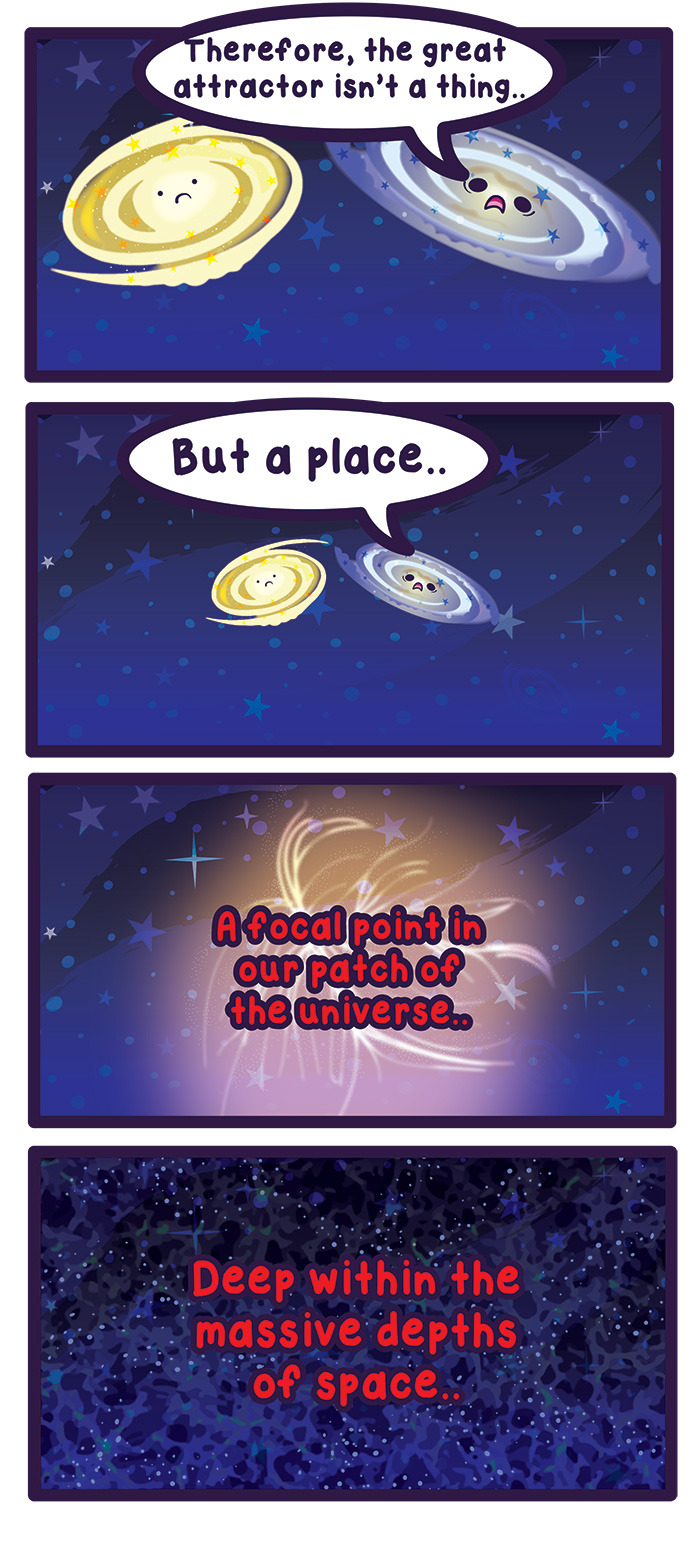Wouldn't Mind Having One.
Wouldn't mind having one.

More Posts from Purpletelescope and Others
Optical Astronomer: chronically tired, hates clouds, hates the sun
Radio Astronomer: sitting in the shade sipping lemonade while the big dish goes wheeee at 10 am
X-ray Astronomer: cries about the cost of a satellite launch
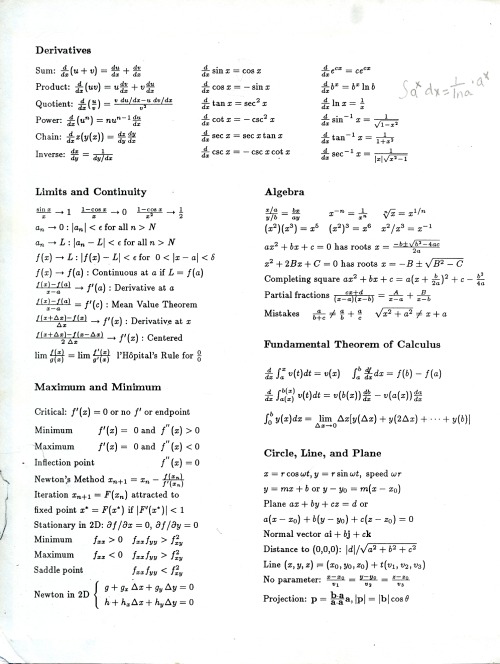
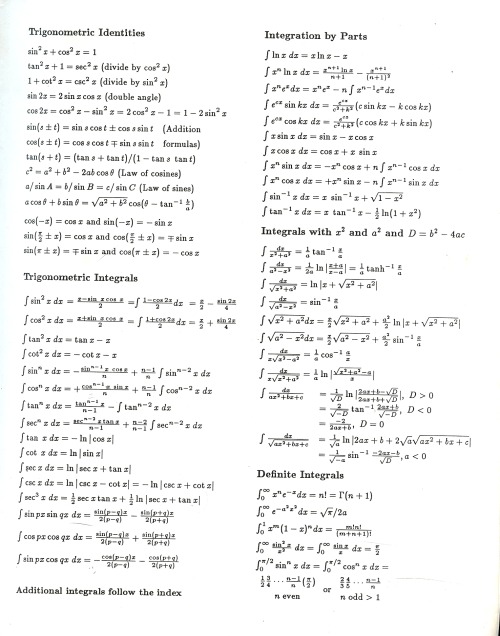
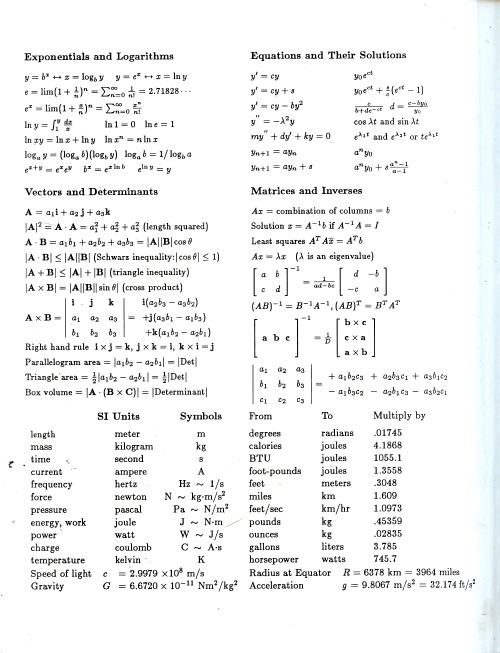
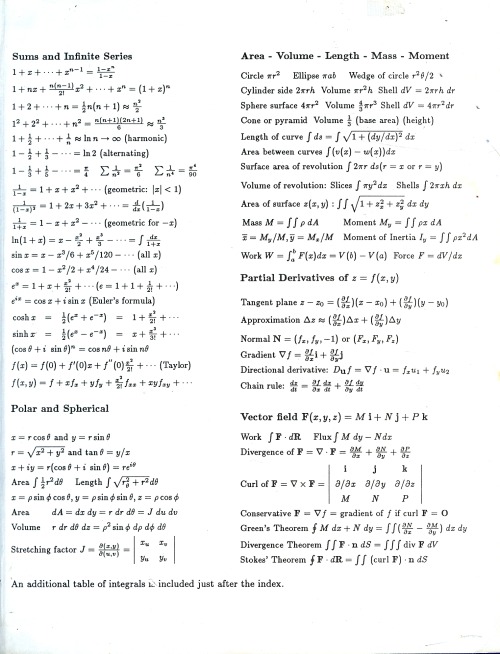
Scans of the inside covers of Strang’s Calculus, which you can legally-download for free here from the MIT website. This is my all-time favorite math or physics textbook. Scanned it so I could cut and paste it into my new sketchbook, wanna try and make a ~cool artistic~ reference poster out of it, ‘cuz I’ve been real into that idea since I took notes about rings for the algebra midterm on a big piece of watercolor paper.
How to set up a research journal
This is just one way you can set up a research journal but it's helping me tremendously so maybe it also works for you. My set-up is partially inspired by this video by Answer in Progress and I suggest you check out their curiosity journal.
Preparation
First you need a notebook. The trick is to find a notebook that you're not afraid to "ruin". We all want a really neat, aesthetic research journal, but the reality looks more like hasty scribbles, but that's okay, that's where the research breakthroughs happen.
I personally bought a cheap lined notebook from Søstrene Grene that I thought looked cute and put a sticker on it. That way I feel good about using it but I also don't mind when my handwriting gets messy because it was only like 3€.
You should also stock up on pens you like writing with. Different colour highlighters and post-its are also a good idea but not a must. Keep it cheap but comfortable.
Title Page
Here you should put down all the really important information: year, title, deadlines, word count, supervisors. Maybe add an inspirational quote to spice it up but keep it simple and relevant.
Key
This should either be your next or your last page. I personally use the last pages of my journal so I can add thing and find it easier. Your key is there to list abbreviations and symbols.
For example, I have different symbols for statistics, dates, new terminology, questions, breakthroughs, important notes and abbreviations for the most important terms in my field. It's shorter to write T9N than Translation.
The trick here is to have enough abbreviations and symbols to save time and effort but not so many that you constantly have to look back and forth between your page and key. They should be memorable and not easy to confuse.
Topic Mind map
If you hate mind maps you can skip this of course or use a different method but what helped me is to visualise all the topics that connect to my research project in a mind map. I then colour-coded the main groups of topics with my highlighters. It helps me to keep an overview on how many topics I need to do research on.
Proposal
If you're writing a thesis/dissertation it can be helpful to have a page set aside for your proposal and take some bullet point notes on methodology, chapter structure, research context, aims and objectives and think of some titles. You can also do this for your lit review and a list of works to include.
Hypothesis and Question Pages
I set aside four pages for this but you can adjust this to your needs. The first page is my hypothesis. It doesn't have to be fully formed yet, it can just be bullet points with five question marks. You can always revise and update it but it is important to keep an eye on what you're actually trying to find out.
The next idea is basically just stolen from Answer in Progress: a section for big questions, medium questions and little questions. These aren't necessarily hypotheses you aim to answer but questions you have about your topic that might be good to look into (maybe they lead somewhere, maybe they don't).
Research Notes
Now comes the big, fun part. Research notes are allowed to be a little messy but you should have some sort of system so you can actually find what you're looking for afterwards. I'm currently just looking at books and articles so that's what my system is based on. You can totally adjust this to include other forms of research.
What I do is that I put down and underline the author and title of my source. Underneath that I use my highlighters and mark the topic of the paper based on how I colour-coded them in my mind map. You might have to do this after you've finished reading. For example, if a text talks about censorship and dubbing in Germany, three of my topics, I will draw three lines in light blue, dark blue and red, the colours I chose for those topics. This way you can easily browse your notes and see which pages are talking about which topics.
When it comes to the actual research notes, I include the page number on the left and then take bullet point notes on whatever is relevant. These are often abbreviated and paraphrased but if something is especially important I will write down a full quote.
As mentioned earlier, I have a key of symbols I use so I can simply put down a '!' in order to differentiate a research breakthrough from a normal note. You can insert your own thoughts much more easily when you know you'll be able to tell them apart later on. At the end of each article, book or even chapter I write down my main takeaway.
Other Notes
This is your research journal and you can do with it what you want. I also added lists of films that might be relevant for my research, a list of databases and publishers to check for papers and tips on research strategy.
If you're working with interviews or surveys you could write down your questions. If you're nervous about your research you could include a list of reasons why your research project is important or why you're doing it. You can include a to-do list or a calendar to track meetings with supervisors. Anything that helps you with your research.
This is the best use I have seen of a composition notebook without the pen and highlighter bleeding through! Stunning!


some more notes
Daily Writing Challenge
Write 5 sentences for your WIP right now.
Imagine a place where you would like to be and write about what you would do there.
What are your OCs pet peeves?
Write a 10 sentence long short story about the object next to you.
Write a summary for a book you would love to read.
Write down 10 words that describe your MC.
Write a micro story about an unusual love.
Explain your MCs motivation in 3 sentences.
Write a poem about an empty house.
Write a 5 sentence long short story from three different perspectives.
What nicknames does your MC have and who gave them to them?
Write a new piece of lore for your WIP.
Write a micro story about someone saying "thank you".
Write about one your OC's tattoos or someone getting one done.
What do you admire about your MC?
Write the dialogue for a scene that's been on your mind.
Write a road trip scene.
Write about your MCs favourite outfit.
Write about something that you can see from your window.
Write about a normal day in your MC's life.
Write 100 words today. It doesn't matter about what.
Write a funny scene.
Write down everything on your mind for five minutes.
Write about your OC's first meeting.
Write a scene in a grocery store.
Write a micro story about an artist and their muse.
Write an end scene, without the beginning.
Write 10 sentences for your WIP right now.
If you like my blog and want to support me, you can buy me a coffee or become a member! And check out my Instagram! 🥰
The holy grail of searching through academic literature is coming across a string of publications that are like:
Here’s An Idea. Smith et al. 2016
Terrible Idea; a comment on Smith et al. 2016. Johnson 2016.
You’re Wrong Too; a response to Johnson 2016. Nelson 2016.
Guys Just Stop Fighting, None Of Us Know What’s Going On; a Review of the Current Literature. McBrien 2017.






helpful links:
the one productivity system you need: time vs energy management
eisenhower matrix
similiar way to prioritize tasks
flexible time blocking
Free Astronomy Resources
Astronomy
Astronomy Lecture Powerpoints
Astronomy Lecture Notes (Textbook-Like)
Astronomy Notes
Astronomy Lecture Notes (Alaska)
Astronomy Lecture Powerpoints (Trinity)
Astronomy Lecture Notes (MIRA)
Astronomy Lecture Powerpoints (Rutten)
Modern Astronomy Lecture Notes
Astronomy Lecture Powerpoints (Wickman)
Solar System Astronomy Lecture Notes
Astronomy Lecture Notes
Astronomy Lecture Notes (Mitchell)
Astronomy Lecture Notes (Rochester)
Time Systems Lecture Notes
Earth and Sky Notes
Galactic Structure and Stellar Populations Lecture Notes
Stars, Galaxies, and the Universe Lecture Notes
Astronomical Techniques
Essential Radio Astronomy
Introduction to Astronomy
Physics
Equations and Formulas
Essential Physics Equations
MCAT Physics Equations
Frequently Used Physics Equations
General Physics Notes
Physics Lecture Notes (MIT)
University Physics (Textbook-Like)
General Physics I
Physics Lecture Notes (Colorado)
Physics Lecture Notes (Rochester)
Physics Lecture Notes (Cabrillo)
Physics Lecture Notes (Trinity)
Physics Notes
Physics Videos (Flipping Physics)
Physics Ch 1 to 8 Lecture Notes
Feynman Physics Lecture Notes
Electromagnetism
Electromagnetism Lecture Notes
Feynman Electromagnetism and Matter Lecture Notes
Mechanics
Mechanics (Physics) Lecture Notes
Mechanics (Physics) Powerpoint Slides
Feynman Quantum Mechanics Lecture Notes
Physics and Astronomy
Physics of the Interstellar Medium Lecture Notes
Physics for Astronomy Lecture Notes (Textbook-Like)
Radio Astronomy (Physics 728)
Physics: Astronomy, Astrophysics, and Cosmology
Inorganic Chemistry
Inorganic Chemistry Chapter Notes
Inorganic Chemistry Lecture Notes
Inorganic Chemistry 2 Lecture Notes
Advanced Inorganic Chemistry Lecture Notes
Calculus
Formulas and Equations
Calculus Cheat Sheet
AP Calculus Basic Formulas and Properties
Calculus 1 Formulas
Basic Calculus: Rules and Formulas (Video)
Differential Formulas
Integral Calculus Formulas
The Basics
Basic Calculus Refresher
Single Variable Calculus
Multivariable Calculus (Textbook-like)
Basics of Calculus (Textbook-like)
Calculus for Beginners
Calculus 1
Calculus (Textbook-like)
Calculus 1 (Textbook-like)
Calculus 1 Video Lectures
Calculus 1 Lecture Notes
Calculus 1 Lecture Notes (Northern Illinois)
Calculus 1 Lecture Notes (Citadel)
Calculus 1 Compact Lecture Notes
Calculus Lecture Notes (Raz Kupferman)
Introduction to Calculus Lecture Notes
Calculus 2
Calculus 2 Lecture Notes
Calculus 2 Lecture Notes (Northern Illinois)
Calculus 2 Notes (Illinois State)
Calculus 2 Lecture Notes (McClendon)
Calculus 2 Lecture Notes (Textbook-like)
Calculus 2 (Textbook-like) (Dawkins)
Calculus 2 Lecture Videos
Calculus 2 Class Notes
Calculus 2 Materials (Notes, Handouts, Etc.)
Calculus 3
Calculus 3 Lecture Notes (Lamar)
Calculus 3 Lecture Videos
Calculus 3 (Dawkins)
Calculus 3 (Notes, Homework, Quizzes)
Notes for Calculus 3
Calculus 3 Class Notes
Other Calculus
Integral Calculus Lecture Notes
Algebra and Differential Calculus
Differential and Integral Calculus (Textbook)
Differential and Integral Calculus (Lecture Notes & Old Exams)
Computer Science Calculus Lecture Notes
Calculus for Physics C
Analytic Geometry and Calculus 2
History
Notes on the History of Astronomy
History of Astronomy Powerpoint
Early History of Astronomy
History of Radio Astronomy
NASA History
Neolithic Astronomy
Mesopotamian Astronomy
Islamic Astronomy
Indian Astronomy
Greek Astronomy
Chinese Astronomy
Egyptian Astronomy
Mayan Astronomy
Space Agencies
National Aeronautics and Space Administration
South African National Space Agency
Canadian Space Agency
National Space Research and Development Agency
Italian Space Agency
Norwegian Space Center
Korea Aerospace Research Institute
Japan Aerospace Exploration Agency
UK Space Agency
Australian Space Agency
-
 theportraittoldthetruth liked this · 1 year ago
theportraittoldthetruth liked this · 1 year ago -
 mifink liked this · 1 year ago
mifink liked this · 1 year ago -
 julika-brl liked this · 2 years ago
julika-brl liked this · 2 years ago -
 rossignolchou liked this · 2 years ago
rossignolchou liked this · 2 years ago -
 chaoticdreamer-disastrouspassion liked this · 2 years ago
chaoticdreamer-disastrouspassion liked this · 2 years ago -
 i-want-to-be-spaghettified liked this · 2 years ago
i-want-to-be-spaghettified liked this · 2 years ago -
 neptunlight liked this · 2 years ago
neptunlight liked this · 2 years ago -
 neracognot15 liked this · 2 years ago
neracognot15 liked this · 2 years ago -
 neracog123 liked this · 2 years ago
neracog123 liked this · 2 years ago -
 nerezza123 liked this · 2 years ago
nerezza123 liked this · 2 years ago -
 razor-winged-butterfly liked this · 2 years ago
razor-winged-butterfly liked this · 2 years ago -
 givemelychee liked this · 2 years ago
givemelychee liked this · 2 years ago -
 etherealnoone liked this · 2 years ago
etherealnoone liked this · 2 years ago -
 littletoeds liked this · 2 years ago
littletoeds liked this · 2 years ago -
 noididnotsignupforthis reblogged this · 3 years ago
noididnotsignupforthis reblogged this · 3 years ago -
 noididnotsignupforthis liked this · 3 years ago
noididnotsignupforthis liked this · 3 years ago -
 madampyra liked this · 3 years ago
madampyra liked this · 3 years ago -
 neutronstarme liked this · 3 years ago
neutronstarme liked this · 3 years ago -
 ditzy-totalitarian-entity liked this · 3 years ago
ditzy-totalitarian-entity liked this · 3 years ago -
 waltersbelieveitornotemporium liked this · 3 years ago
waltersbelieveitornotemporium liked this · 3 years ago -
 unsociallmothball liked this · 3 years ago
unsociallmothball liked this · 3 years ago -
 misslanguages liked this · 3 years ago
misslanguages liked this · 3 years ago -
 leashkid liked this · 3 years ago
leashkid liked this · 3 years ago -
 drmeowingfangirl liked this · 3 years ago
drmeowingfangirl liked this · 3 years ago -
 vent-shi liked this · 3 years ago
vent-shi liked this · 3 years ago -
 athenshoodvibez liked this · 3 years ago
athenshoodvibez liked this · 3 years ago -
 pulaodeshpande liked this · 3 years ago
pulaodeshpande liked this · 3 years ago -
 dianaleighart liked this · 3 years ago
dianaleighart liked this · 3 years ago -
 3005sober liked this · 3 years ago
3005sober liked this · 3 years ago -
 rubyredfortncarnivorousplants liked this · 3 years ago
rubyredfortncarnivorousplants liked this · 3 years ago -
 viisaudenhammaskeiju liked this · 3 years ago
viisaudenhammaskeiju liked this · 3 years ago -
 rubyetadams liked this · 3 years ago
rubyetadams liked this · 3 years ago -
 robinn-fox liked this · 3 years ago
robinn-fox liked this · 3 years ago -
 crispybumpkin liked this · 3 years ago
crispybumpkin liked this · 3 years ago -
 serotom1n liked this · 3 years ago
serotom1n liked this · 3 years ago -
 sweete77 liked this · 3 years ago
sweete77 liked this · 3 years ago -
 countdownparadise liked this · 3 years ago
countdownparadise liked this · 3 years ago -
 qonphuceingey liked this · 3 years ago
qonphuceingey liked this · 3 years ago -
 taurusvouge liked this · 3 years ago
taurusvouge liked this · 3 years ago -
 gunsgearsnbows liked this · 3 years ago
gunsgearsnbows liked this · 3 years ago -
 dalekaobala liked this · 3 years ago
dalekaobala liked this · 3 years ago -
 trajektna-linija reblogged this · 3 years ago
trajektna-linija reblogged this · 3 years ago


